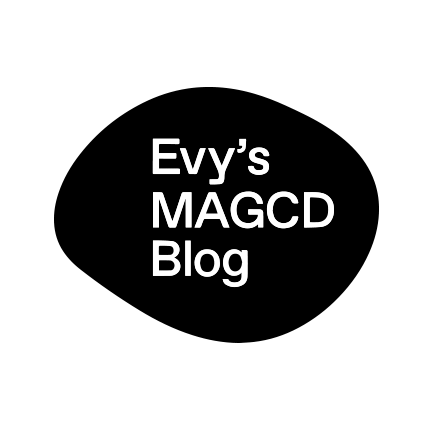As I started looking at this week’s reading material, I found that the premises in “In Defence of the Poor Image” prompt me to explore archives of digitally collected content circulated through blogs and repositories. As I’m particularly interested in researching rare books and historical materials in connection to their cultural value, I found an interesting focus point on the Russian avant-garde and their use of the printed book as a vehicle for propaganda and masses education.

Chosen Material
Yesterday and Today, by Samuil Marshak, features a poem which main concern is to compare “modern” with “primitive” technology. Set in 1925 Russia. It brings a unique perspective that is set in a particular place and time. The illustrations and text speak about the way in which domestic life has been improved, at a time where the Soviet Union was focused on highlighting the progress and prosperity of the regime. It features an oil lam, a fountain pen, and an old bucket, being confronted with the reality of electricity, water pipes and typewriters.


Method 01 – Language Translation
The book is originally written in Russian, so in order to get an idea of the actual content, I started using Google Lens to translate every spread to English. Although the process helped me to grasp a great deal about the story, I also found a more complete translation from the original Russian in a rare books blog which has been really useful in understanding the tone of voice of the narrative.

Method 02 – Translating Time
After reading the story over and over again I went on to experimenting with translating the context and subjects in time. How would this story apply to us today? What would be its purpose and focus?

Method 03 – Translating time through images
For this experiment, I looked at subverting the original images to visually change their meaning, context and purpose. This exercise has happening in conjunction to my writing exercises, as I though simultaneously about the visuals and the written part.
There were several limitations on this particular process, not to mention how time consuming it would be. But it ended up inspiring me to explore this pictorial language beyond the book’s spreads, and more based on the text that was slowly taking shape.


Method 04 – Translating Context
What would happen if these images were placed on a public space rather than being confined to the archives of history? How do their meaning change in relation to their context?
I found this exercise really interesting, as it help me to start looking for connections between the narrative, technology, and our current attitude towards it.



Tutorial Feedback
These are some of the main points that were raised at the mid-project tutorial as possible avenues to move forward:
– Using the book as a lens to translate today.
– Investigating the illustrative style translating the way people are suggested thought shape, thinking of the average citizens of today.
– Looking at e-waste and technology that becomes useless and goes into a land field. Apply Yesterday and today visual language and story to talk about technological waste.
– Talking about the waste of yesterday and the waste of today. Things that we have no mean of recycling. For example lithium, which cannot be recycled.
– The cost of progress. I think the waste angle of progress is an interesting one. The original book talks about the impact of technology and new inventions in daily life. This publication talks about the impact of technology in our world today.
